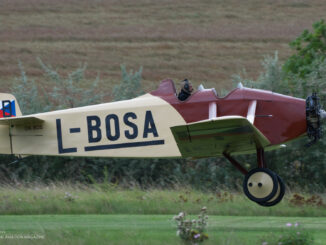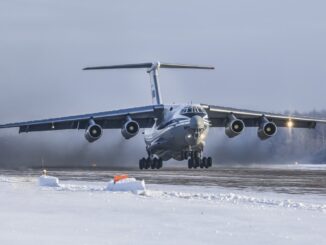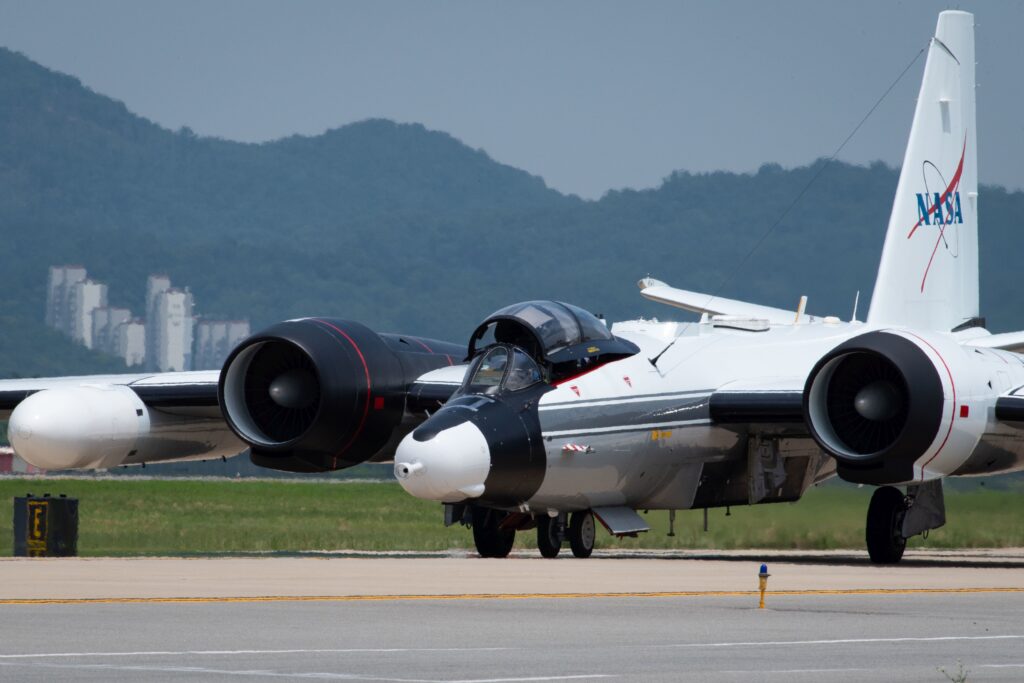 From late July to early September this year, Osan air base of the United States Air Force, located near Pyeongtaek, South Korea, was hosting several scientific agencies and their aircraft. This special activity was held within a project designated Asian Summer Monsoon Chemical and Climate Impact Project (ACCLIP).
From late July to early September this year, Osan air base of the United States Air Force, located near Pyeongtaek, South Korea, was hosting several scientific agencies and their aircraft. This special activity was held within a project designated Asian Summer Monsoon Chemical and Climate Impact Project (ACCLIP).
The project, supervised together by NASA and National Center for Atmospheric Research of the National Science Foundation (NSF), is this year´s largest meteorological scientific activity in the Northern Hemisphere. Apart from the aforementioned agencies, the research is also supported by National Oceanic and Atmospheric Administration and the Office of Naval Research.
Within the scope of the ACCLIP initiative, two scientific aircraft equipped with specialized sensors were based at Osan AFB to perform data-gathering flights during the time of Asian Summer Monsoon.
The first one was WB-57F of NASA, the aircraft originated from English Electric Canberra tactical bomber, developed in the late 1940s in the United Kingdom. The Canberra became the first jet-powered bomber to serve with the Royal Air Force and was also known from setting a world altitude record of 21.430 metres. Then, the aeroplane was licence-produced in Australia and the United States, in the latter being known as Martin B-57.
In the early 1960s, General Dynamics developed a specialized strategic reconnaissance aircraft based on the Canberra and designated RB-57F. They were operational with the USAF between 1963 and 1974. After their withdrawal from active military service, four aircraft were acquired by NASA and from that time are being used for high-altitude atmospheric research.
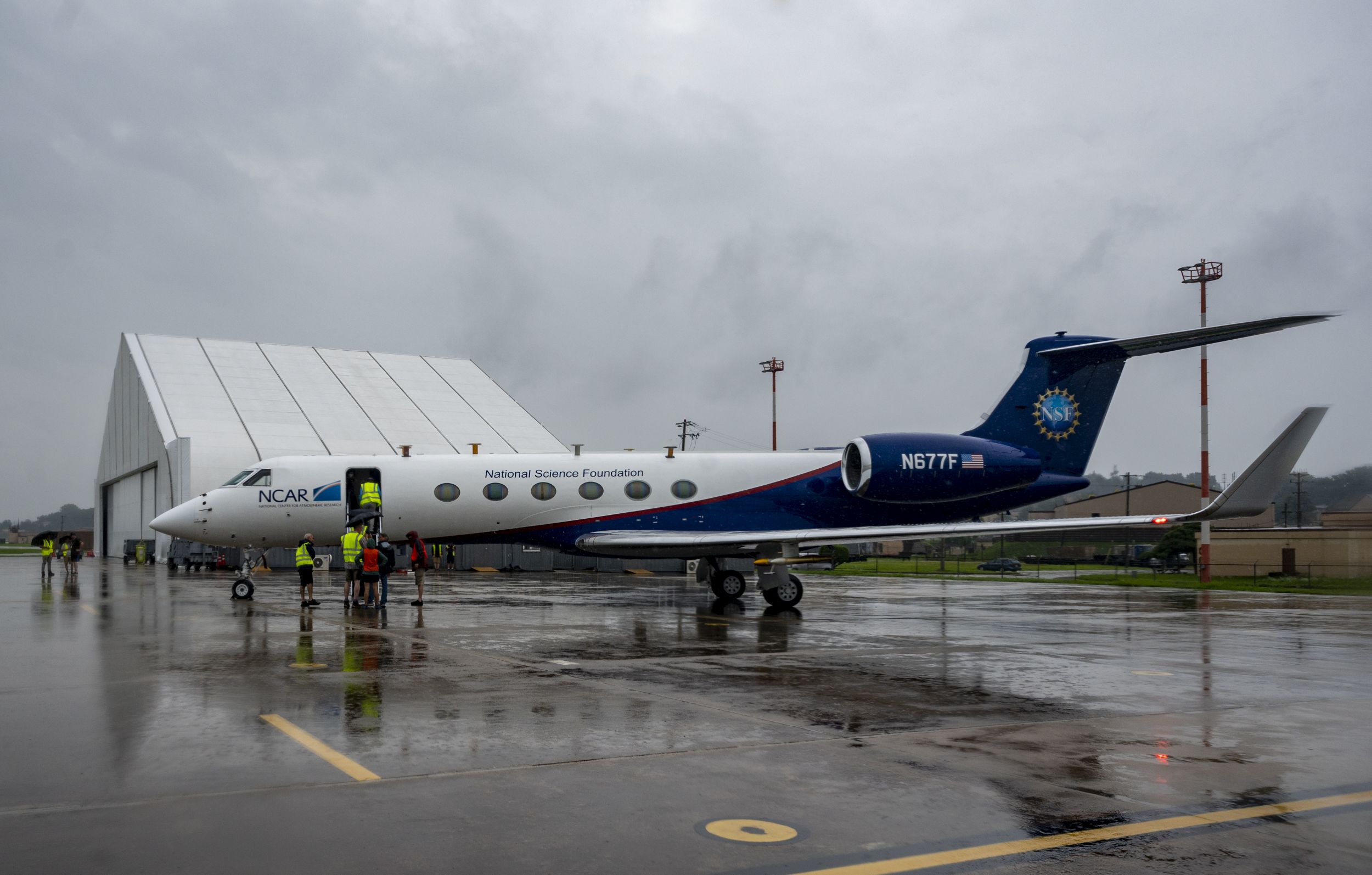
Another scientific aircraft that visited Osan AFB was Gulfstream V, belonging to National Center for Atmospheric Research. The ´G-five´ was acquired by NSF in 2005, configured as an ultra-long range environmental and atmospheric research jet. The aeroplane was officially designated High-performance, Instrumented Airborne Platform for Environmental Research (HIAPER) and its NSF-tailored modifications include possibility to carry scientific instruments mounted on external wing pylons. Although the service ceiling of the HIAPER is only 16.000 metres, the aircraft has a cruise range of more than 10,100 kilometres and can stay in the air for more than fourteen hours.
One of the main objectives of the ACCLIP programme is to investigate pathways of the Asian Summer Monsoon its radiative impact, as well as determine the role of the Asian Summer Monsoon in water vapor transport into the stratosphere. During their research flights from Osan AFB, the WB-57 and G-V were collecting air samples that were then examined for temperature, pressure, ozone and volatile organic chemicals.
After collecting the data from the research airborne platforms, the scientists participating in the ACCLIP initiative will return to their home laboratories. There, information received from the WB-57 and Gulfstream V aircraft will be carefully validated and processed to investigate the impact of Asian gas and aerosol emissions on global chemistry and climate.
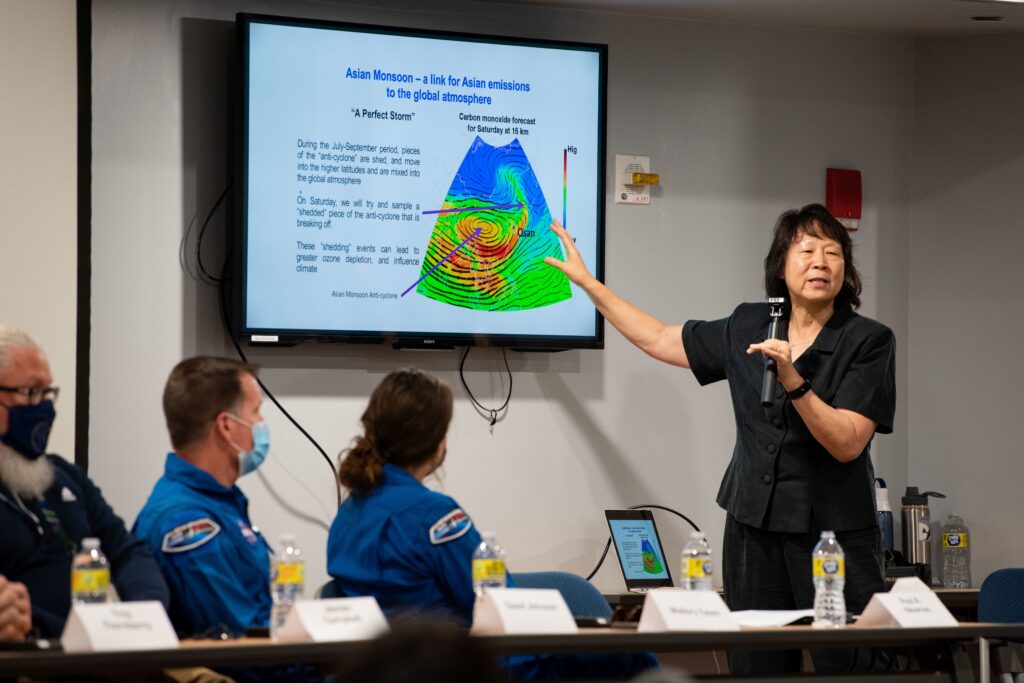
Cover photo: NASA WB-57 taxis on the flightline after landing at Osan Air Base, Republic of Korea, 27 July 2022 (USAF photo by SrA Megan Estrada). Information from DoD and NASA press releases were used. All photos © U.S. Department of Defence (DoD). DoD information materials were used, in compliance with Public Domain licence. The appearance of U.S. Department of Defense visual information does not imply or constitute DoD endorsement.

